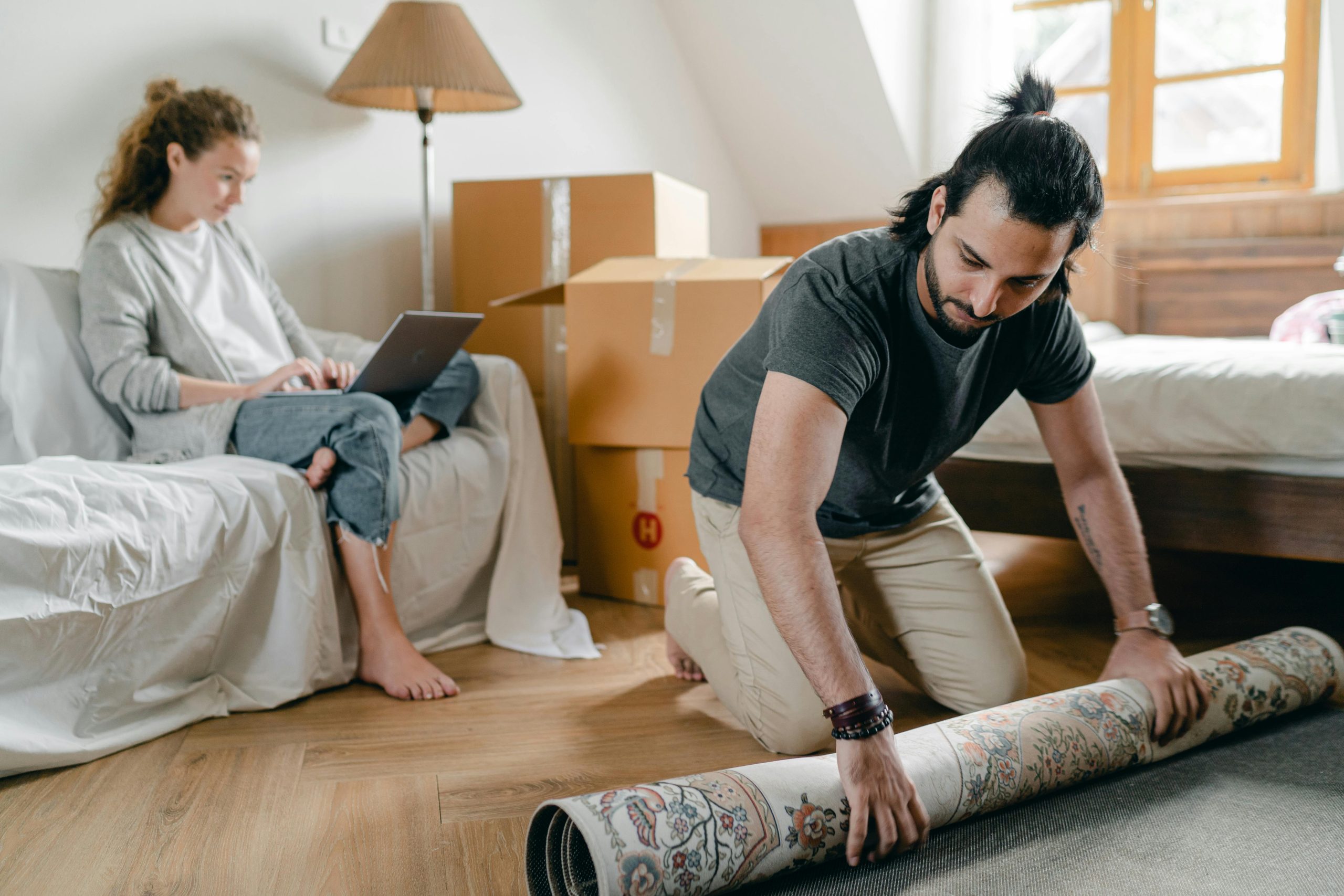Assessing the Impact of Extended Carpet Placement on Your PC and Next Steps
If you’ve recently moved your computer after keeping it on a carpeted surface for an extended period—specifically, two months—it’s understandable to have concerns about potential damage or operational issues. Proper handling and assessment are crucial to ensure your PC functions correctly and safely upon restart.
Understanding the Situation
Based on your description, you positioned your PC flat on a carpet (as shown in your initial setup). You then slid it across the carpet to slide it out from underneath your bed. After two months of staying in that position, you’ve now moved it to a more accessible location and are contemplating turning it on.
Potential Risks of Long-Term Carpet Placement
Leaving a PC on a soft, plush surface like carpet can pose several risks:
- Static Electricity Accumulation: Carpets, especially synthetic ones, tend to generate static, which can transfer to electronic components, risking damage.
- Overheating: Soft surfaces can impede airflow around ventilation ports and fans, leading to potential overheating during operation.
- Physical Damage: Moving a PC that has been plugged in or powered on may cause internal components to shift or become damaged if not handled carefully.
Given that your PC was laying flat and was in contact with the carpet for two months, these factors warrant a cautious approach before powering it on.
Recommended Steps Before Powering On
- Visual Inspection:
- Exterior: Examine the case for dust accumulation, visible damage, or lint trapped in vents.
- Ports and Connectors: Ensure USB, HDMI, and power ports are free of debris.
-
Fans and Vents: Check for dust and ensure they are unobstructed.
-
Internal Inspection:
- Access the Interior: If comfortable, carefully open the case following manufacturer guidelines.
- Look for Signs of Moisture or Damage: Check for corrosion, moisture, or debris.
-
Static Discharge Precaution: Ground yourself before touching internal components to prevent static discharge.
-
Clean and Remove Dust:
- Use compressed air to gently clean interior components and vents.
-
Avoid using liquids or cloths that could generate static.
-
Evaluate the Environment:
- Ensure your workspace is clean, dry, and free of static-inducing materials.
- Consider placing your PC on a hard, flat surface rather than carpet in the future to facilitate cooling.
Share this content:



